Video
youtube
The Mountain Gorillas of Rwanda
1 note
·
View note
Text
The Southern Swamps
By Russell A. Graves
I'll admit: Creeping through the Government Ditch of Caddo Lake in the pre-dawn blackness with only the bow lights illuminating the moss-draped cypress trees is an otherworldly experience. The ditch is a straight-as-an-arrow shortcut dredged by the federal government in the 1870s. It was carved through the swamp for steamboat traffic from New Orleans to service, what was then, the second business port in Texas over in the town of Jefferson. Giant, side wheel freighters would bring passengers and goods up the Big Cypress Bayou and, in return, haul out timber and cotton bales to the markets back East. Before the ditch, steamships would have to lumber around a big oxbow in the bayou to reach their destination. The ditch solved all of that. It created a channel by which the ships could cut miles from their journey traveling the Big Cypress.

Over time, bald cypress trees grew along the margin, and 150 years later, they arch over the ditch and create a tree tunnel in which we pass and await the coming sunrise. In a way, this place is spooky. It's no wonder that this legendary swamp is home to legends of bigfoot, ghosts, and other paranormal anomalies. Not far from here in 1869, the steamship Mittie Stephens ran aground after a spark ignited a cargo of hay carried aboard. In all, 61 of her passengers perished in the blaze. And over in Jefferson, bigfoot enthusiasts hold an annual conference and compare notes on their field findings. Caddo Lake wreaks of mystery.
The origins of the lake are somewhat unclear. Undoubtedly, the area's been a bit swampy for the past half-millennia as immense trees dot the area. Dendrologists confirm the age of these giants. With dense, wet, and barely fertile soils, bald cypress can find a niche to grow. Therefore, these flooded lowlands provide the perfect place for them to take root. This area is the largest bald cypress forest in the state and, as some suggest, worldwide. The tree is a bit of an anomaly. It's a deciduous conifer. That means the tree grows needles and cones like common conifers, but unlike trees like spruce or pine, the bald cypress loses its needles each fall. Its propensity to be among the first trees of the season to defoliate gives the tree its "bald" moniker.

From the banks, Caddo Lake doesn't look all that big since there is not a vast, sprawling body of water. Instead it exists as a giant swamp with backwater sloughs that wind in and out of the giant cypress trees that stand draped in Spanish moss. In all, 25,400 acres of big and mysterious swamplands straddle the Texas/Louisiana border. The lake takes its name from the indigenous Caddo Indian tribes who once inhabited the area.
Overall the lake is shallow and is only 20 feet at the deepest. Much of it, though, is shallow enough for trees to crowd the water. There are some areas of significant open water. Still, many of those places have a carpet of lily pads and other aquatic vegetation that stretch for hundreds of yards. In fact, 60% of the lake is covered in aquatic vegetation.
This place is so unique it is recognized as an internationally protected wetland. The lake is also the second-largest natural lake in the south and the largest (and one of the few) natural lakes in Texas.

While theories vary, most scientists think the lake formed gradually over time - probably due to a giant log jam on the Red River known as the Great Raft. Some geologists, however, corroborate the Caddo Indian legend that says the lake was formed by the 1812 New Madrid, Missouri earthquake. It is postulated that when the earthquake occurred, the earth's crust shifting created a basin filled with water from the Red River. In 1913, ecologist Lionel Janes examined cross-sections of cypress and hardwood trees. He estimated that the lake formed between 1770 and 1780.

The lake remained largely undeveloped until the mid-19th century when steamboat traffic picked up in the area and served the various villages on the lake. Bayous were dredged to provide steamer service that brought goods to and from the Red River and, eventually, down to the Port of New Orleans. Since cotton was king in the Old South, cotton trade routes were established through the lake.
While some villages no longer exist, you can take a glimpse back in history by visiting nearby Jefferson, Texas, which offers numerous Civil War-era structures and bayou tours that retrace the old steamboat routes.

Today, big chunks of Caddo Lake are largely conserved through agreements with The Nature Conservancy and the Texas Parks & Wildlife Department. On the Louisiana side, a dam was built in the 1970s to help maintain the wetland's water levels and control flooding in the entire basin.
What's left is natural splendor. Each morning is something to be discovered anew. Location names are as colorful as the rust-red cypress needles within the lake proper. Carter Lake, Whangdoodle Pass, Alligator Bayou, and The Hog Wallow are all specific place names within the lake and is its own scene. Each moss-draped tree is a different character within the broader day-in-day-out natural drama that's unfolded for centuries. It's a boon for outdoor photographers.
Each day we'd venture out on a pontoon boat to explore the nuances of the swamps. Blue herons and white egrets hide amongst the cypress knees and sit motionless while they wait for an unsuspecting fish to swim past. The scenes are a mixture of big sky sunrises and careful studies of individual tree limbs. Therefore, an entire photographic lens repertoire is in order. It's an unconventional landscape shoot, but Caddo Lake challenges the traditional notions of what a landscape shoot looks like: grand mountains shot with a wide angle lens, foreground objects, edge control, etc. In the southern swamps, the rules of traditional landscape photography fly out the door. Intentional camera movement, multiple exposures, and long lens landscapes are all in order.

The southern swamps is also a place where you learn about rural Texas culture. We even visited one of the oldest country stores in Texas. The Jonesville store is a vestige of what tiny town mercantile used to be and is full of photographic surprises. Down the road, we eat a couple of meals at Bear Creek Smokehouse. Barbecue is an iconic Texas food and this place epitomizes the low and slow method of pit cooking brisket and sausage.
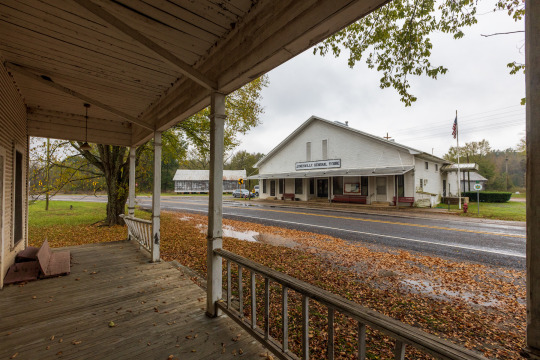
Each photographer's soul (and belly and memory card) is satiated by the trip's end. Adorned by unconventional beauty, the swamps and the people who call it home have a way of creeping into your own subconscious. Long after we're gone, these swamps will abide - ready to beckon a new batch of intrepid explorers.
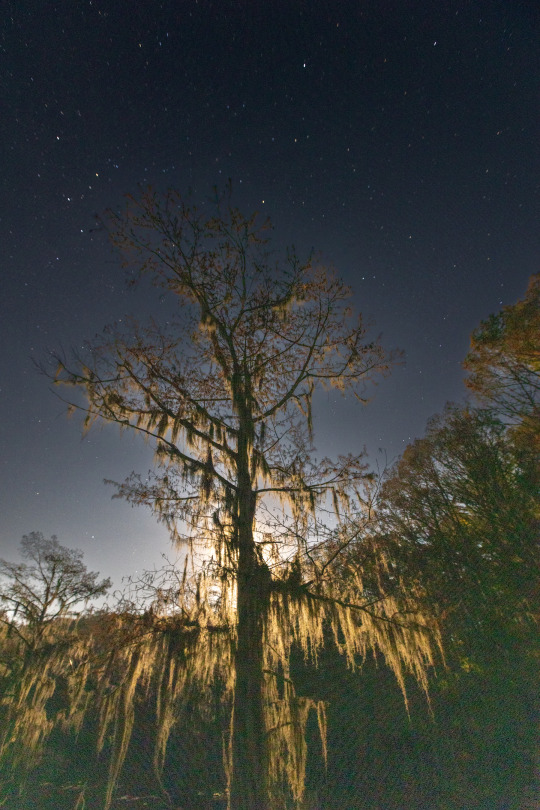
4 notes
·
View notes
Photo

After a week teaching a workshop in the Great Smokey Mountains I realize anew why this place is my favorite. https://www.instagram.com/p/CkCRNGLOE8D/?igshid=NGJjMDIxMWI=
2 notes
·
View notes
Photo
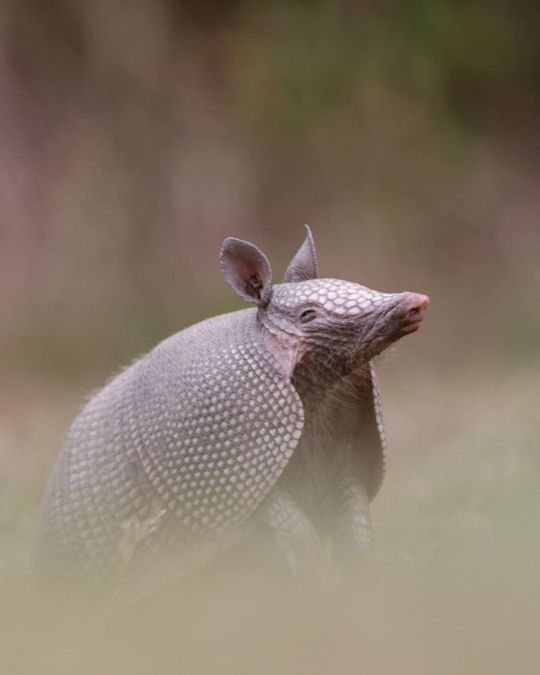
It’s armadillo season here at Hackberry Farm. #wildlifephotography #armadillo https://www.instagram.com/p/CjeC089Pbfw/?igshid=NGJjMDIxMWI=
1 note
·
View note
Photo
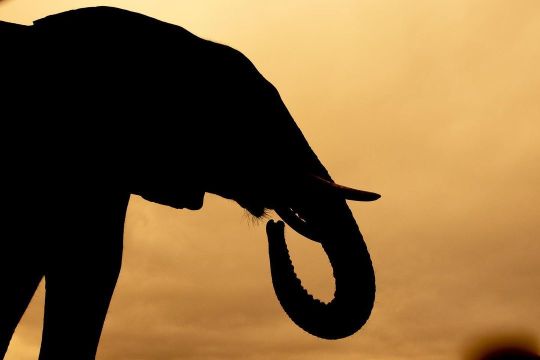
I've been rambling about the world this summer and one place I ended up was Botswana. I can tell you that the country is one incredible place. The people, wildlife, and landscapes are simply exquisite. I'm already counting the days until I return. Who wants to go with me? https://www.instagram.com/p/CgIrvHjrGEw/?igshid=NGJjMDIxMWI=
0 notes
Text
Alaska Uncharted: Wild Bears of Alaska
When the plane left, I'll admit, there was a sense of aloneness that fell over us. As the buzz of the Bush Hawk faded slowly away, we were indeed isolated. I can't speak for everyone individually but here, on the north bank of Tuxedni Bay, this is about as far as I've ever been from civilization.
Just a tad over an hour before, we were in the small town of Nikiski, Alaska, jovial with the anticipation of the adventure to come. Each person in the group talking excitedly about the reasons why they traveled from their respective homes to embark on a wilderness experience unlike any others that Backcountry Journeys ever offered. Milling about the hangers at Alaska West air charters, the mood is light and anticipatory. One by one, a series of planes leave with guests and gear aboard.
Across the Cook Inlet, Russ Nordstrand, Trevor LaClair, and my son Ryan flew out a day in advance to set up our drop camp and prepare the site for three back to back to back guest rotations. The day before we loaded a few thousand pounds of camping gear and provisions that would serve as shelter and sustenance for as many as thirty people to survive in the bush with no promise of a speedy re-supply. Two weeks and largely cut off from the outside world is a long time away from the conveniences of modernity but months of preparation was in order to pull this trip off.
I was on the last plane out and as best I can tell, we flew a big "L" shape to our destination. First, we head west across a skinny neck in the Cook Inlet where the broad finger of water narrows a bit. Then, we turn right and fly down the beach of the Alaskan Peninsula to our remote camp. We fly relatively low and slow but that's fine. Along the way, I see the Redoubt Volcano, and further down the inlet, Augustine volcano sits and is surrounded by the frigid waters that wedge between the Kenai and Alaska Peninsulas. Along this edge of the peninsula, the Pacific Ring of Fire forms a conduit from the mantle through which red hot magma fuels four active volcanoes in the area.
I look down from the plane and spruce trees create a maze of greenery that's sliced up by rivers and creeks that are milky with glacial till. The water flows from the still-active sheets of compressed ice that to this day, carve valleys betwixt the mountains and thus influencing the geology of the area on a time scale that's measured in eons.
As we descend, I see shed moose antlers littering the forest here and there and an occasional brown bear walking along the beach. Soon I see the airstrip. It's a spartan dirt path that's been recently carved through the spruce forest. The landing is uneventful as most landings should be and soon, me and the final guests unload our gear and head to the beach to join the others in camp. As soon as we're clear of the plane, the pilot turns around and leaves. We are officially on uncharted ground.
It's hard to explain succinctly but the feeling of the experience in totality is a bit surreal: here we all are, some 60 miles from the closest town, the wilderness is all-consuming, and the bears are wild.
Once off the runway and on the beach, guests see that the camp is in two parts. Sleep camp is a smattering of tents where we'll sleep and about 100 yards down the beach is the cook camp. At the cook camp is where we serve all meals and socialize in between shoots. Each camp is surrounded by an electric fence for safety from curious bears. It is essential to keep food and other odiferous items separate from where we sleep. In the event a wayward bear was to look for food, it'll be attracted to where the food is located and not in our tents where we slumber.
At the cook camp, we brief the guests on bear safety and protocol while afield. The rules are generally simple: stay in a group, don't wander off alone, and always pay attention to the bears.
From the camp where we stand the landscape is outstanding. Located on the north beach of the broad Tuxedni Bay, our camp is flanked by low hills to the east, Mount Illiamna (a still active volcano that's more than 10,000 feet high) to our south, and Cook Inlet to the west. The inlet is sheltered from a clear view by Chisik Island, a fossilized monolith that serves as an important roosting and breeding ground for around 20% of the birdlife that utilizes the waters around it.
Down the beach from where we camp is home to a large concentration of bears. Soon we gather up and head in search of the mammals. As we walk the black sand beach that's littered with volcanic erratics comprised of pumice and chunks of granite, a broad mudflat extends away to the south. It's low tide and when the water retreats, thick mudflats are comprised of finely silted soil from eons of the grinding action of upstream glaciers. Every six hours or so, the water levels wax or wane depending on the position of the moon relative to the earth. When the water comes in, it comes in fast and the tides are immense. While we are here, twenty-foot tides are the norm.
Skirting the line that separates the beach from the mud, we walk in close formation as we snake our way from camp to Squarehead Cove. The cove is flat and tucked into an area that's flanked mostly by low hills but on the north is an immense rock hill that's cleaved in a way that's reminiscent of Yosemite's Half Dome. We pause on a small knoll that's covered in fireweed and survey the sedge flats. A trio of bears (a mother and her twin cubs) are feeding mid-cove while a larger male skirts the edge of the cove where the hemlock and alders meet the wetlands. After a moment of regrouping, we head into the meadow.
Sedges are a group of grasses that grow in moist soil areas. Thin and low growing, the cilantro-smelling plants are a favorite of omnivorous brown bears who supplement their diet of clams and carrion with the easily obtained vegetation. Since the cove is periodically flooded by high tides, the ground is saturated like a sponge. From a distance, the sedge meadow is green, lush, and flat. Once in the meadow, the walking is a bit challenging because of the ever-present mud, potholes, and ditches that are carved through the landscape. Here, the modern world doesn't seem to exist. Save for a distant airplane, the only sounds you hear is the wind, a distant waterfall cascading from the side of a mountain and cutting through a peat bog, and the occasional bawl of a baby brown bear who's crying to their mother for food.
We trudge through the ankle-deep mud and position ourselves to gather photos of the bears. For the next two weeks and for all three groups slated to experience this adventure, the script is largely similar: hike out to the sedge meadows each day in search of bears and in between, eat hearty meals and enjoy fellowship at the cook camp. At some point during the outing, the cook camp was renamed Camp Rogue to honor one of the big male bears who frequent the area. More than once during our stay, a bear would amble down the beach within feet of our camp. Largely unfazed by our presence, they would pass us by as if we didn't exist. These moments were exhilarating for those who experienced it as they gave everyone a chance to see a brown bear relatively close.
During the entire span of the uncharted trip, bears weren't the only wildlife on the docket. We saw black bears, a red fox, a wolf, moose, porcupine, bald eagles, and a smattering of shorebirds. While no one counted, the number of bear sightings we had was in the dozens for three trips. Each time we'd cast out from Camp Rogue in search of bears, we'd find them. Since what we experienced on the Uncharted trip is typical of wildlife photography when you pursue truly wild animals who may or may not have ever seen a human before, some of the encounters were, of course, better than others. Occasionally we would see bears a couple of hundred yards away but because of the limitations of topography or the bears weren't comfortable around us, we'd have to keep our distance. In those instances where the bears would accept our presence and allow us a closer approach, the moment bordered on magical.
Once while on the beach, a female bear approaches from the west. We see her coming so we pick a spot on the beach and photograph her as she feeds in the mudflats. Slowly she makes her way closer. In the meantime, a breeding pair of sandhill cranes feed in the same flat as the bear. Since they were close, many of the guests take advantage of the opportunity and shoot pictures of the birds. While they take pictures, Russ Nordstrand and I watch the bear come closer and closer. Soon, she was a prime photographic range and everyone turns their attention to her.
While the group photographs the middle-aged female, Russ and I choreograph the group in a tenuous dance of shoot-and-move in reaction to how the bear behaves. Our mission as photo guides and bear guards was two-fold: to keep the guests safe and make sure the bear isn't stressed. For what seems like an eternity (which in actuality was more like fifteen minutes), the bear fed and the guests took pictures and video. The moment is enthralling. In that tiny slice of time, I estimate that the seven photographers in tow take thousands of images of the single bear.
When you are watching bears, it's important to watch body language to gauge their comfortability. When the female fed near us at her closest, her ears are perked and she looks at us periodically. From her body language, she was slightly suspicious of us but not alarmed at all. All of a sudden, something changes and she completely relaxes, her ears lay back, she stops looking our way, and she turns her back on us. She's accepted us in her world.
Throughout the entire trip and with all three groups, the weather changed from unseasonably cool to unseasonably hot to non-stop rain. Each group rallied and reacted positively to the conditions thrown their way. While the weather didn't always cooperate, the bears were consistent and wild.
At the end of the trip, we pack everything out as we brought it in: using Acton Packer boxes, and bear-proof coolers. In small groups, the planes took the guests away on bush planes. In the end, it was me, Russ, Ryan, and new guide Grant Ordelheide. Trevor flew out with the first group so, in the end, we four are all that's left. On the beach, there is no sign that we'd ever been there except for some footprints that will soon be washed away by the month's high tides. Way down in the sedge meadow, I can see bears feeding.
Because of the inclement weather, there was some doubt as to whether we'd fly out today but the cloud ceiling's lifted just enough to get the planes in. As we sit on the gear and contemplate the trip, I hear the buzz of the plane coming in. When the de Havilland Beaver emerges from the clouds, vortices dance from the wingtips. In short order, the pilot lands and turns the plane towards us. In no time the gear is loaded and we are airborne. As we circle back over our campsite one last time, I take a look out of the plane window and contemplate the adventure we'd just collectively shared. While the popular outdoor mantra advises us all to 'leave no trace,' the land doesn't follow the same ethic. When you've spent time in a place and develop a relationship with the land, the land leaves a trace on you.
Tuxedni Bay, Alaska is forever a part of us.


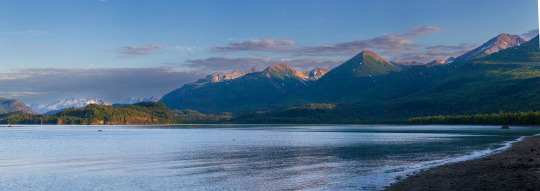
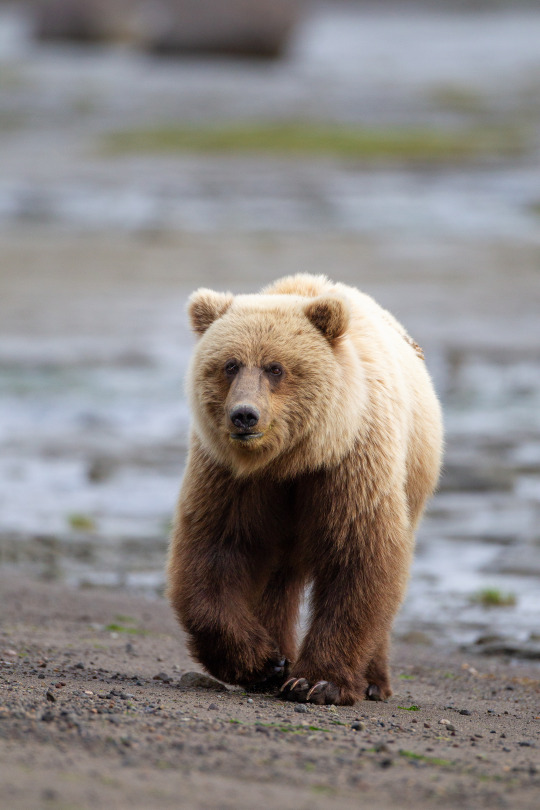










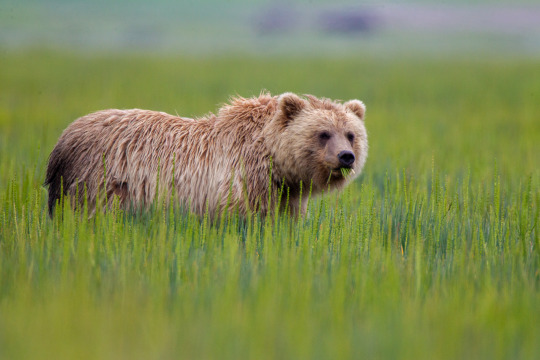


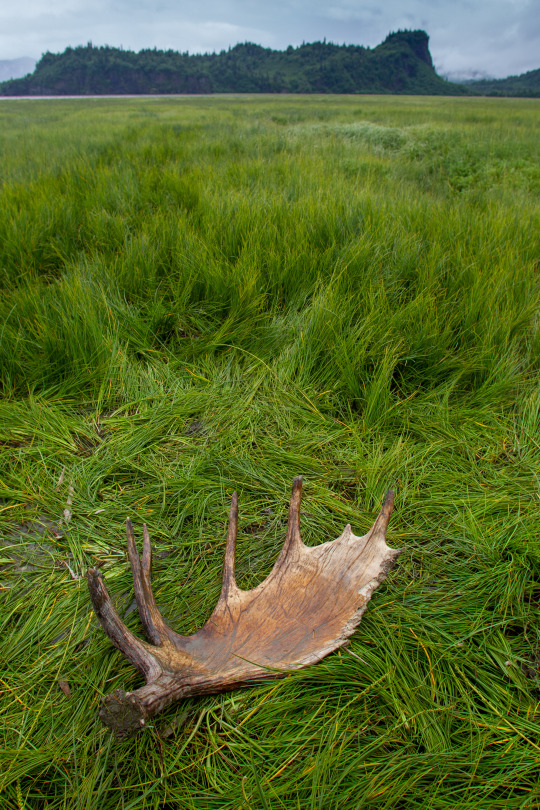
1 note
·
View note
Photo

It's hard to decribe the feeling of seeing a brown bear at eye level. No matter how hard I try, I cannot articulate the concurrent feelings of exhilaration, excitement, and gratitude. Seeing bears being bears is something that is best experienced in person and last week, I was treated with the opportunity to do just that on the Alaskan Peninsula with a great group of people. Today's society tends to be a confusing maze of topics that borders on surreal. Even more so when I frame it around the responsibilities of being a parent to two children with my wife, Kristy. But despite all of that, Mother Nature is the great healer. Seeing bears (or any other wildlife for that matter) is a bit cathartic. Being focused on their behavior and antics is a departure of the heaviness of the world around me. The more I focus on the beauty of nature, the less the ugliness (i.e. things I can't control) matters. In short, for me, seeing and photographing wild animals have a way of marginalizing the trivial machinations of society at large and the topic du jour which, by the way, others tell us are important things on which to focus our attention. Look, I don't claim to have the answers to the schisms of today's societal discourse. But I do know one thing: everyone agrees that bears are cool. https://www.instagram.com/p/CSkq4GFAh85/?utm_medium=tumblr
0 notes
Video
instagram
The salmon are on the run here in Alaska. Great group this week on the Kenai trip. Lots more pictures to come. https://www.instagram.com/p/CSh5Lwahz1g/?utm_medium=tumblr
0 notes
Photo
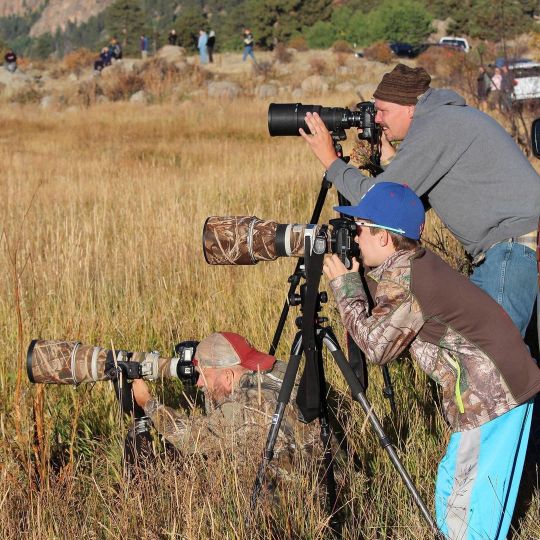
He’s been tagging along with me on photography adventures since he could walk. Now at 17, Ryan’s becoming a great young man and a wonderful photographer to boot. I am proud to have his help on our Alaskan adventure where we photographed brown bears with a wonderful group of people from all over the country. https://www.instagram.com/p/CRtNWVBI1Ad/?utm_medium=tumblr
0 notes
Photo
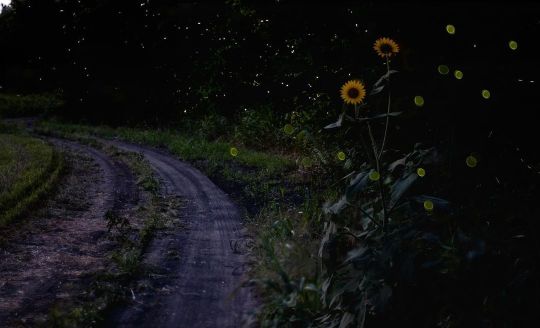
From our front porch, you can see a flash here and there. Nothing spectacular but it’s a novelty to see the small, neon green glow emitting softly from the airborne insects that take flight each summer night as dusk commences. We’ve lived in our new house for less than three months but our timing for moving in couldn’t have been better. We strategically had our new home built so we could look out over our property and see the daily ebb and flow of nature before us. As late spring (and eventually summer) settled in over the blacklands, daily walks into the pastures and creeks revealed something new and something undiscovered each time. I grew up on the land around here and while familiarity often breeds complacency, I still greet each day with the hope that I’ll see the world in a way that is, to me, unwitnessed. After watching fireworks with family light up the sky on July 4th from atop a hill that overlooks a broad swath of central Fannin County, Kristy and I headed back home on our side-by-side and enjoyed the coolness of the evening. As day morphed into night, the sting of summer is replaced with the coolness and placidity of a still summer evening in the country. We stop on the buggy periodically to listen to whippoorwills sing their eerie song from deep in the woods and contemplate the more pressing matters of life. In the distance a barred owl signals his presence. Soon we are back on our property and as we slipped past the wetlands, the best fireworks show of the evening commenced. In front of us, hundreds of fireflies flitted about the margins between the trees and the meadow. Mosquitos be damned, we couldn’t help but stop and watch the spectacle for a moment. Even on the darkest of nights, the tiny insects shine a light so that other’s can find them. I just know there’s a metaphor in there somewhere. https://www.instagram.com/p/CRErg8XAlAT/?utm_medium=tumblr
0 notes
Photo

Want to go to Alaska and see bears? We have a last minute opening on a heck of an adventure. DM me if you want to know the details. https://www.instagram.com/p/CQy9QIIA0QW/?utm_medium=tumblr
0 notes
Photo

We got a bit of rain here in North Texas today and after it stopped, I headed down to the wetland on my property to start the process of documenting the critters who live therein. I only made it as far as a single bunch of switchgrass where I found it teeming with life. Half a dozen green tree frogs, grasshoppers, spiders, and a garter snake (I did not get a picture of it) were making four square feet of space their home. I am so looking forward to digging deeper into what all is living in the swamp. https://www.instagram.com/p/CQukfBJgqcd/?utm_medium=tumblr
0 notes
Photo

Just three years ago, I'd only seen a handful of bears in the wild. Since then I've been fortunate enough to travel to some of the wildest places on our continent in pursuit of these incredible creatures. Of all of the bears I've seen, this one I photographed last fall epitomizes the seriousness in which brown bear females invest in their mothering. I was with a small group wading in a river when I saw this sow and her cubs coming upstream. Knowing that she'd want to get around us, I moved the group over to the shore to give her plenty of space. At first, she waded her way down the river with her cubs. There was quite a bit of vegetation between us so I didn't think she saw us. However, her mothering instinct sensed that something was amiss and instantly, she rose to her back feet and peered over the grass at us. For what seemed like an hour (but it was only a few seconds), she watched us while holding her cubs back. During that brief pause, I snapped as many pictures as my camera would allow. When she realized that there was no danger, she and her cubs quietly passed us. It was one of the most exhilarating moments I'd experienced in the wild and come July, bear season starts all over again. I can't wait. https://www.instagram.com/p/CQTcJT1gPcY/?utm_medium=tumblr
0 notes
Photo
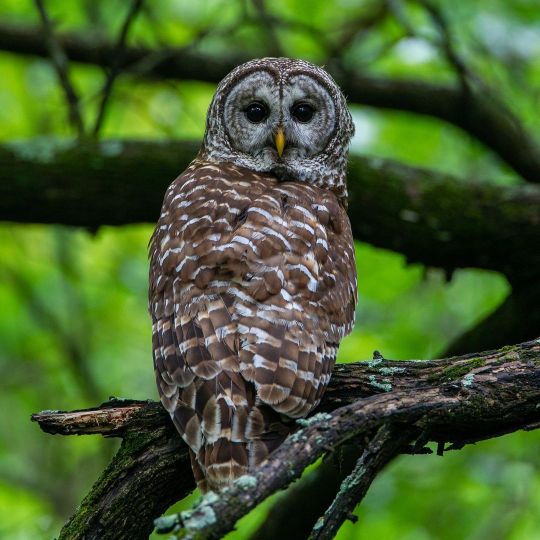
I’ve been doing a project on my small, Fannin County, Texas farm. Over the past year I’ve been taking inventory of all of the plants and animals I’ve observed. So far the numbers are: 49 species of birds, 12 species of mammals, 96 species of plants, shrubs, and trees. I’m just now getting started on the fish, insects, crustaceans, amphibians, and reptiles so I know there’s many more species to come. #conservative #texaswildlife #texaswildlifeassociation #texasparksandwildlife https://www.instagram.com/p/CQRNHduANZQ/?utm_medium=tumblr
0 notes
Photo

I’ve known Jared since he was a little boy and I can tell you, people don’t come much better than him. So when I was asked to photograph him for an upcoming magazine story, it was quite an honor. https://www.instagram.com/p/CNs6uXCA5mg/?igshid=1dav7g48aevor
0 notes
Photo

If you have to pick a place to be right now, Seldovia, Alaska has to be at the top. A quaint seaside village with gracious people and more bald eagles than you can count. https://www.instagram.com/p/CM0Xq7EgmzR/?igshid=10aj6plr6uje8
0 notes
Photo

Another aurora shot from Fairbanks but the action is hot here in Seldovia - plenty of bald eagles and wildlife! Pics to come. https://www.instagram.com/p/CMx5SozAM5a/?igshid=ohsv3y9vwj4p
0 notes